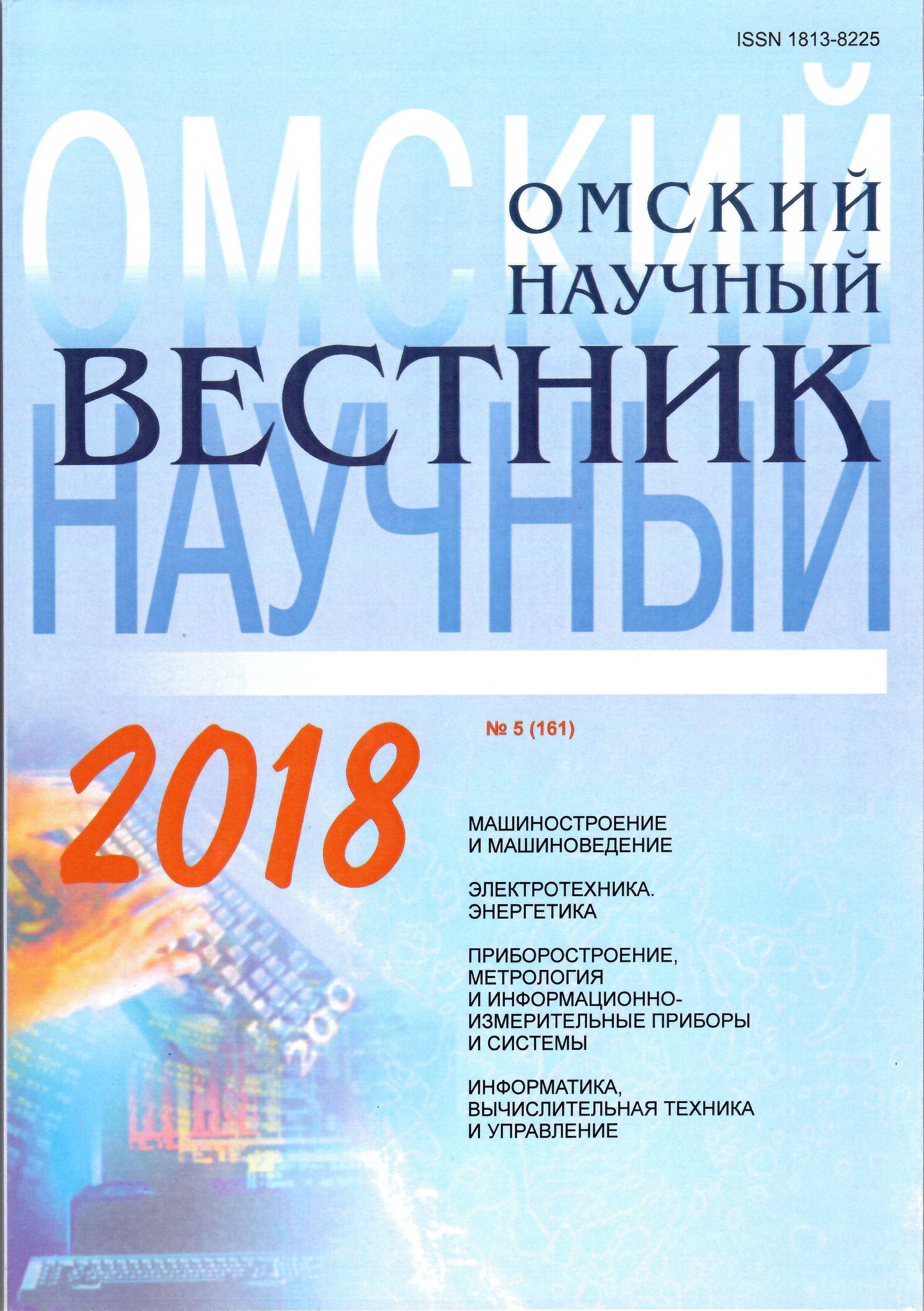Simulation of electrical capacitance of measuring transducer
DOI:
https://doi.org/10.25206/1813-8225-2018-161-72-75Keywords:
diagnostics method, rotor eccentricity, capacitive transducersAbstract
The modern circulating electrical machines used to produce electric power and act as drivers are wide spread in electric-power
industry. One of typical mechanical troubles electrical machines encounter is rotor eccentricity. It leads to non-uniformity of air gap between stator and rotor and formation of additional magnetic fields in it which affects electromechanical features of electrical machines. In its turn, this results in electric power loss and when the eccentricity rises the stator and rotor core can overheat and the coil can damage. This can lead to total damage of the machine. Nowadays, rotor eccentricity can be determined by using methods based on measuring values which are caused by additional magnetic fields. However, the sensitivity of the methods mentioned is limited by the need of considering the interferences due to variation of mains settings and loads. In this sense, capacitive sensors used as measuring capacitive transducers are known to be more perspective diagnostic means for determination of rotor eccentricity. The current document features a simple method for calculation of a capacitive transducer with electrodes of various shapes. This method comprises modeling the transducer electro-statical field
using nets method and calculation of capacitance based on the empirical formula proposed. As an example, the method efficacy is checked by determination of plate capacitor capacitance using the method proposed and classical formula. It is demonstrated that the modeling accuracy didn’t exceed 5 %. The example included modeling a capacitance for electrodes with toothed rotor of electrical machines and with different positions of capacitive transducer plates — above rotor slot opening and above the middle point of rotor tooth of electrical machines. This document also contains the appropriate calculation details and capacitance calculation in both positions. As a result, it is proven that the method proposed provides a simple and quite accurate modeling and calculation of capacitive transducer capacitance with various electrode shapes.
Downloads
Published
How to Cite
Issue
Section
License
Non-exclusive rights to the article are transferred to the journal in full accordance with the Creative Commons License BY-NC-SA 4.0 «Attribution-NonCommercial-ShareAlike 4.0 Worldwide License (CC BY-NC-SA 4.0»)




